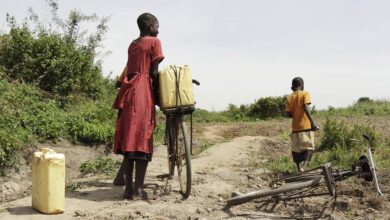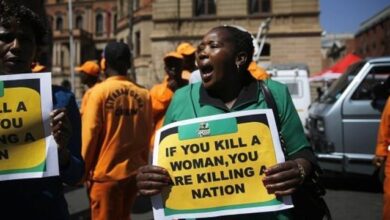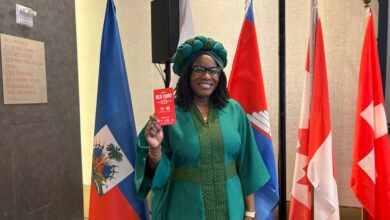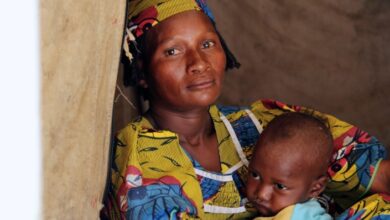Africa’s Green Economy: What needs to be questioned to better finance women’s organizations?
The burgeoning green economy in Africa presents a unique opportunity for job creation, poverty reduction, and sustainable development. However, women in the region face significant obstacles in accessing finance and participating in the green economy. To effectively address these challenges, it is imperative to comprehend the complexities of the issue and develop targeted strategies to promote women's financial inclusion. Analysis by Baltazar ATANGANA, Gender Expert and Policy Analyst.
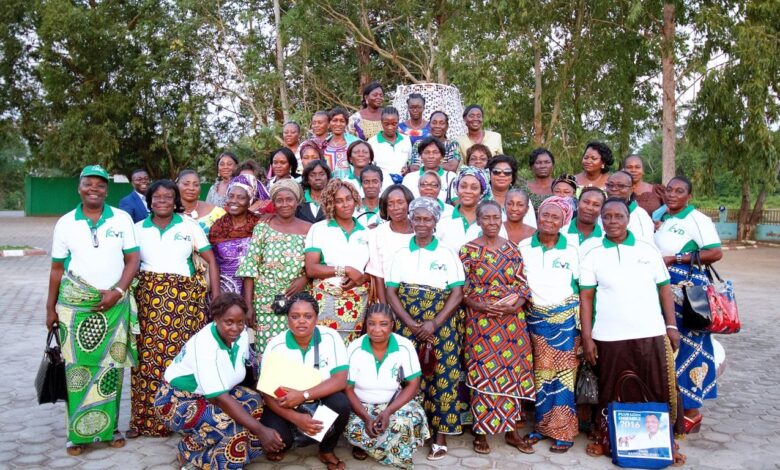
Barriers to Women’s Access to Finance
Women in Africa encounter numerous impediments to accessing finance, including limited access to formal financial institutions, lack of collateral, and exorbitant interest rates. According to a report by the African Development Bank(2020), women in Africa are more likely to rely on informal financial institutions, such as microfinance institutions and savings groups, which often have limited resources and capacity to provide large-scale financing. This restricted access to finance hinders women’s ability to establish and grow green businesses, thereby limiting their participation in the green economy. Furthermore, women in Africa often lack access to business development services, such as training and mentorship, which are essential for success in the green economy.
A closer examination of the financial landscape in Africa reveals that women are often excluded from formal financial institutions due to discriminatory laws and practices. For instance, in some countries, women are not permitted to own property or access credit without their husbands’ permission. These laws and practices perpetuate the exclusion of women from the formal financial sector, thereby limiting their ability to participate in the green economy.
Strategies for Promoting Women’s Participation
To promote women’s participation in the green economy, several strategies can be employed. These include providing training and education programs that equip women with the skills necessary for green jobs, addressing unpaid care work and promoting flexible work arrangements, and eliminating gender biases in national legislation and policies. Providing women with access to finance and business development services can also help promote their participation in the green economy.
One effective strategy for promoting women’s participation in the green economy is to support the development of women-led green businesses. This can be achieved through targeted financing programs, such as the African Women’s Development Fund, which provides financing and technical assistance to women-led businesses in Africa. Additionally, governments and international organizations can provide support for women’s entrepreneurship and innovation in the green economy, such as through the provision of business incubators and accelerators.
Creating Green Banks and Climate Funds
To further support the growth of the green economy and promote women’s participation, it is essential to explore innovative financing mechanisms. One potential solution is the creation of green banks, which can provide specialized financing for green businesses and projects. These banks and climate funds could be established and managed by apex institutions such as deposit and consignment funds, microfinance institutions, and agricultural chambers. For example, deposit and consignment funds could provide a secure and stable source of funding for green projects, while microfinance institutions could offer microloans and other financial services to women-led green businesses. Agricultural chambers could also play a crucial role in promoting green agriculture and providing support to women farmers.
For example, in Cameroon, the Special Fund for Equipment and Intercommunal Intervention (FEICOM) has set up the « FEICOM Climate Window » tool, which will finance decentralized territorial communities between 300 and 500 million CFA francs to finance projects that are part of the fight against climate change and projects that promote the ecological transition in Cameroon.
By leveraging these institutions, green banks and climate funds could be established at the national, regional, or local level, providing targeted financing and support to women-led green businesses and projects. This approach could help to address the financing gap faced by women in the green economy and promote sustainable development and poverty reduction in Africa.
In conclusion, financing women’s participation in Africa’s green economy requires a comprehensive approach that addresses the complexities of the issue. By understanding the barriers to women’s access to finance and developing targeted strategies to promote their participation, we can support the growth of the green economy and promote sustainable development and poverty reduction in Africa.
Baltazar ATANGANA
noahatango@yahoo.ca


